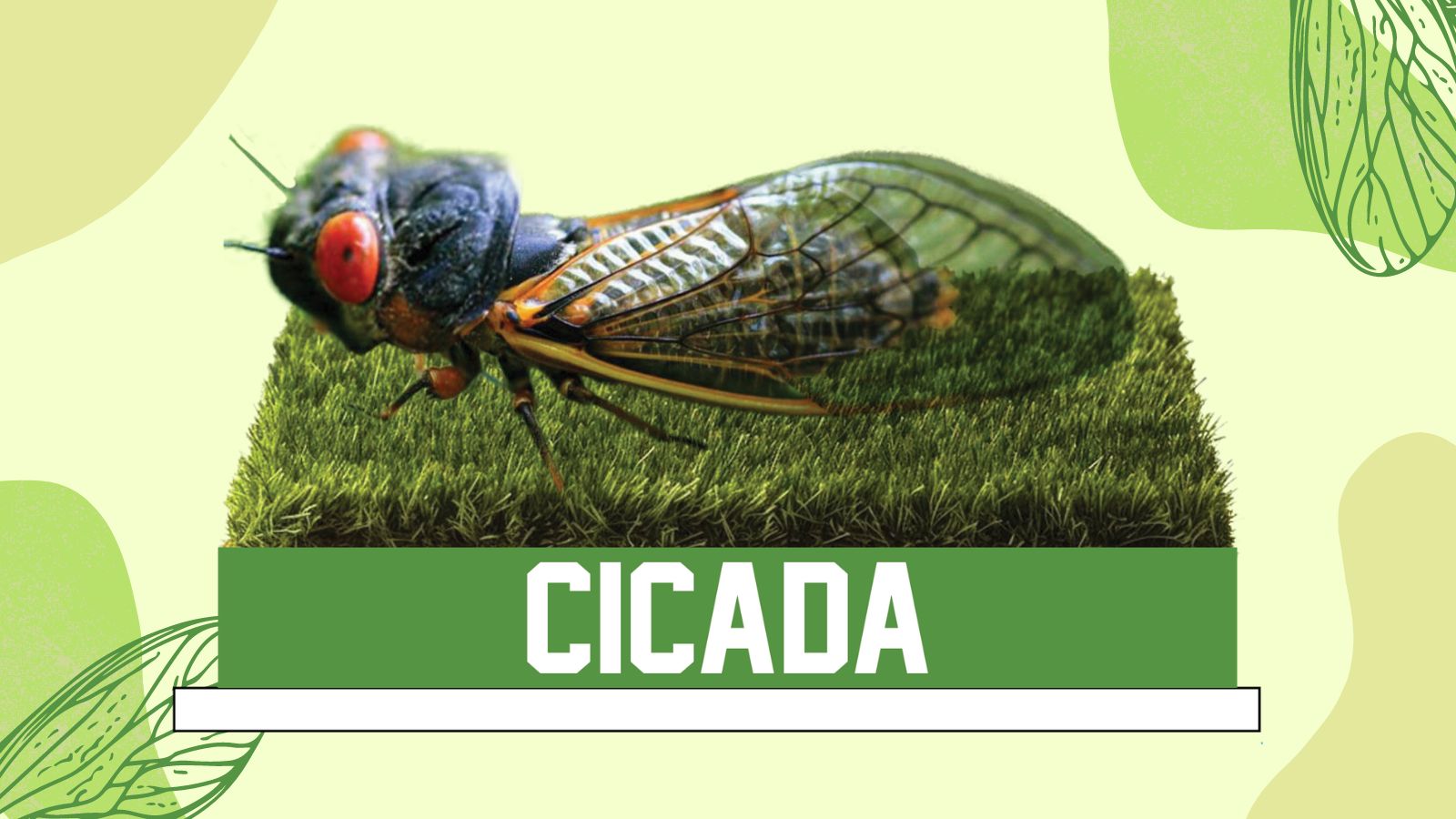
MILWAUKEE – This morning, the National Bobblehead Hall of Fame and Museum unveiled a limited-edition Cicada Bobblehead. Due to an unusual overlap of the lifecycles of two types (or broods) of cicadas, trillions of the insects are expected to emerge in the United States by the end of June, especially in the Midwest. The 13- and 17-year cicadas only emerge in the midwestern and eastern U.S. in the same year every 221 years, with 2024 being the first such year since 1803. The first-ever Cicada Bobblehead is being produced by the National Bobblehead Hall of Fame and Museum.
Positioned on a base bearing its name across the front with a grass-like texture on top, the cicada bobblehead features its prominent red eyes set wide apart, short antennae, and membranous wings. The bobbleheads, which will be individually numbered, are only available through the National Bobblehead Hall of Fame and Museum’s Online Store. Expected to ship in November, the bobbleheads cost $30 each, plus a flat-rate shipping charge of $8 per order.
The periodical cicada spends most of its life underground, emerging after 13 or 17 years depending on the species to transform, reproduce, and ultimately die over the space of just a few days. Huge populations of the insects have synced up to emerge within the same window of time to give them the best chance of successfully finding a mate and producing young before they are eaten by predators or expire naturally. These populations are called broods, and for the first time since 1803, two of them the 17-year Brook XIII, concentrated in northern Illinois, and the 13-year Brood XIX found in southern Illinois, Missouri, Arkansas, and throughout the Southeast – are emerging together.
Soil temperature is what tells the cicadas when it’s time to emerge. Once the soil reaches a temperature of about 64 degrees at a depth of 12-18 inches, the great emergence is triggered. In ideal habitat conditions, as many as 1.5 million cicadas can appear in any given acre. However, that number is lower in many areas depending on the number of trees, local chemical use, human development, and number of impervious surfaces. The mating call of male cicadas has been known to be extremely loud. To humans, it might sound obnoxious or unpleasant, but it’s an important way for cicadas to find each other to reproduce in a short amount of time. The calls can reach 80-100 decibels – equal to the sound of a garbage disposal, lawn mower, or a jackhammer. Cicadas are largely harmless to humans, but their appearance is welcome in places where people routinely snack on them as a low-cost source of calories and protein. Up to two billion people regularly eat insects, especially in South and Central America, Asia, Africa, Australia, and New Zealand. Cicadas, when available, are among the most popular.
“We’re excited to create this bobblehead celebrating the triumphant return of the cicada,” National Bobblehead Hall of Fame and Museum co-founder and CEO Phil Sklar said. “The sounds of summer have taken on a new meaning in 2024 with the arrival of the popular insects. This bobblehead is a must-have for cicada lovers everywhere!”
About the National Bobblehead Hall of Fame and Museum:
The National Bobblehead Hall of Fame and Museum, which is located at 170 S. 1st. St. in Milwaukee, Wisconsin, opened to the public on February 1st, 2019. The HOF and Museum also produces high quality, customized bobbleheads for retail sale as well as organizations, individuals and teams across the country. Visit us online and on Facebook, Twitter and Instagram.
